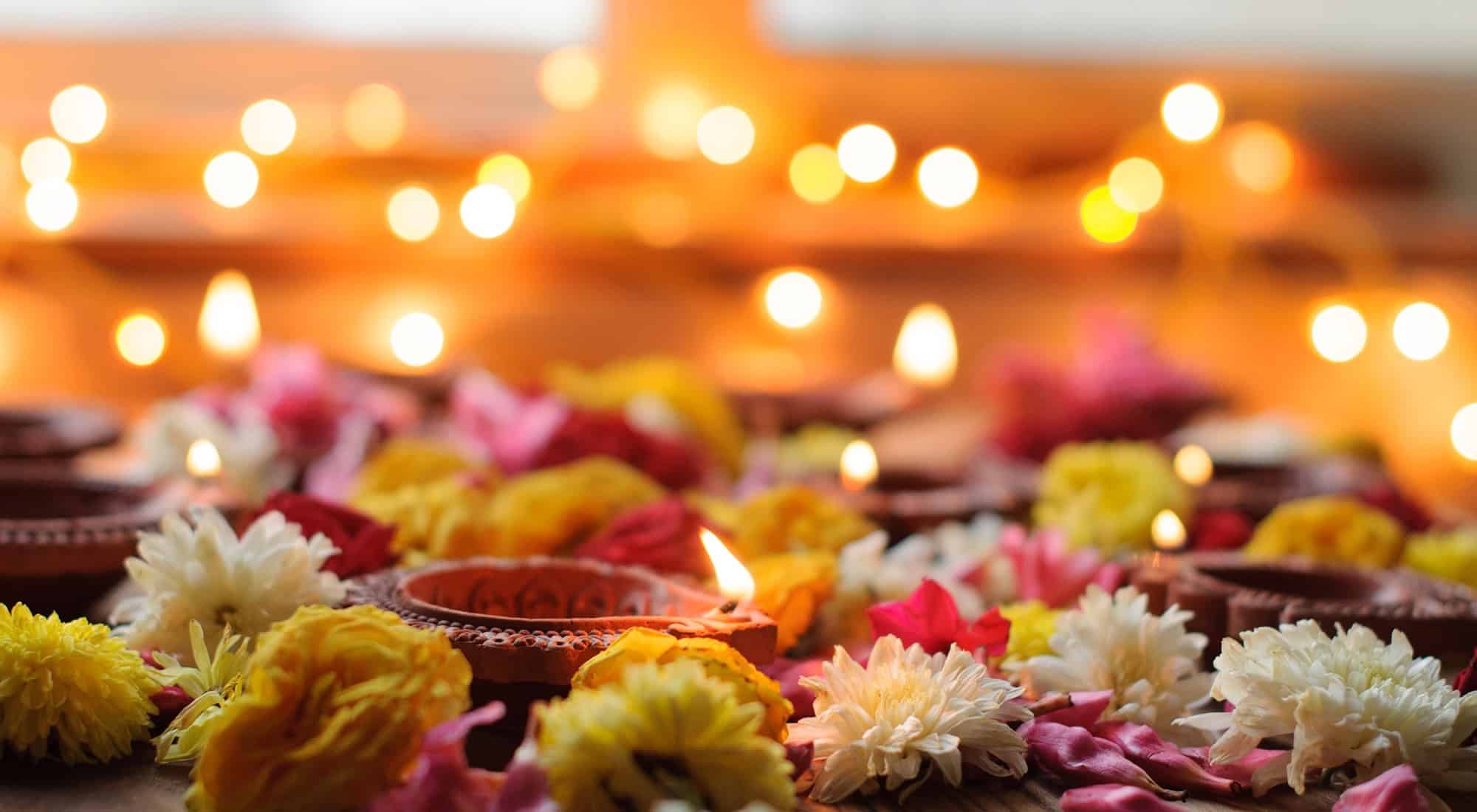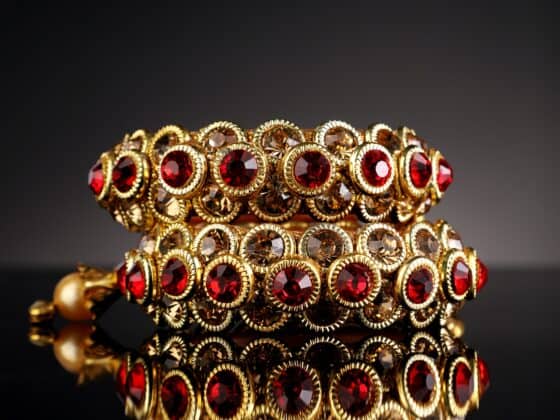BY DAVID STOTT
India has a wealth of festivals with many celebrated nationwide, while others are specific to a particular state or community or even a particular temple. Many fall of different dates each year depending on the Hindu lunar calendar so check with the tourist office. Here are six of our favourites:
Makar Sankranti
One date that remains constant is Makar Sankranti (14 January), marking the start of the northern journey of the sun. In West and North India this is the time of the Kite Festival. The clear blue winter sky comes alive with delicate tissue paper squares of every hue as children and adults skilfully manipulate the ends of their glass-encrusted threads to ‘cut‘ and down their rivals‘ kites.
Pongal
In the south, the winter festival is Pongal, the Tamil Harvest Thanksgiving, when cows and bulls are specially honoured in recognition of their invaluable contribution to village life. They are allowed to share the first rice which is ritually offered to the Sun God. Swathed in garlands, their long horns painted in vivid colours, the cattle are taken around neighbouring villages accompanied by bands of musicians and cheering children.
Rath Yatra of Orissa
Under the blazing summer sun in June, the Raja of Puri, dressed as a humble servant of the gods, ceremonially sweeps the path before the massive wooden raths, or temple chariots, in the great Rath Yatra of Orissa in Eastern India. The chariot, drawn by hundreds of heaving men and watched by thousands of pilgrims, carries Jagannath and his brother and sister on their slow annual journey from the temple. This was the ceremony that led early English observers to borrow the name of the god for any apparently unstoppable vehicle, or ‘juggernaut‘.
Holi
Spring brings new hope and the promise of plenty. Holi, which coincides with the March/April full moon, is marked by the lighting of great bonfires to symbolize the triumph of good over evil in the burning of the insatiable demoness Holika, who demanded a diet of children. If you venture out you may find it hard to escape the coloured powder and water thrown in remembrance of the romantic Lord Krishna who engaged in similar playful games with his favourite milkmaids. Take great care though, as the revelry can get out of hand.
Navratri
The nine autumnal nights of Navratri in October culminate in the great Dasara celebration commemorating the victory of Rama over the supposedly invincible 10-headed King Ravana who had stolen his beautiful wife Sita. The Ramlila, drawing on Ramayana stories, is enacted for nine nights leading up to the 10th (dasara) when gigantic bamboo and paper effigies of the evil giant and his aides are set alight amidst great jubilation. Bengalis celebrate the festival by communal worship or Puja of the triumphant mother goddess Durga riding a lion who defeats the buffalo demon after a great battle. On the 10th night, her splendid image, together with those of her four children, is taken in procession by cheering crowds to be immersed in the waters of the holy river, returning clay to clay.
Diwali
Perhaps the most striking of all festivals is Diwali which follows soon after Navratri, on the dark night of the new moon in October-November, when row upon row of little clay oil lamps (now often enhanced by strings of electric bulbs) are lined up on window ledges and balconies, in remembrance of the lights which greeted Rama’s return after 14 years in exile. The night sky bursts out with spectacular displays of fireworks while deafening firecrackers take passersby by surprise.










